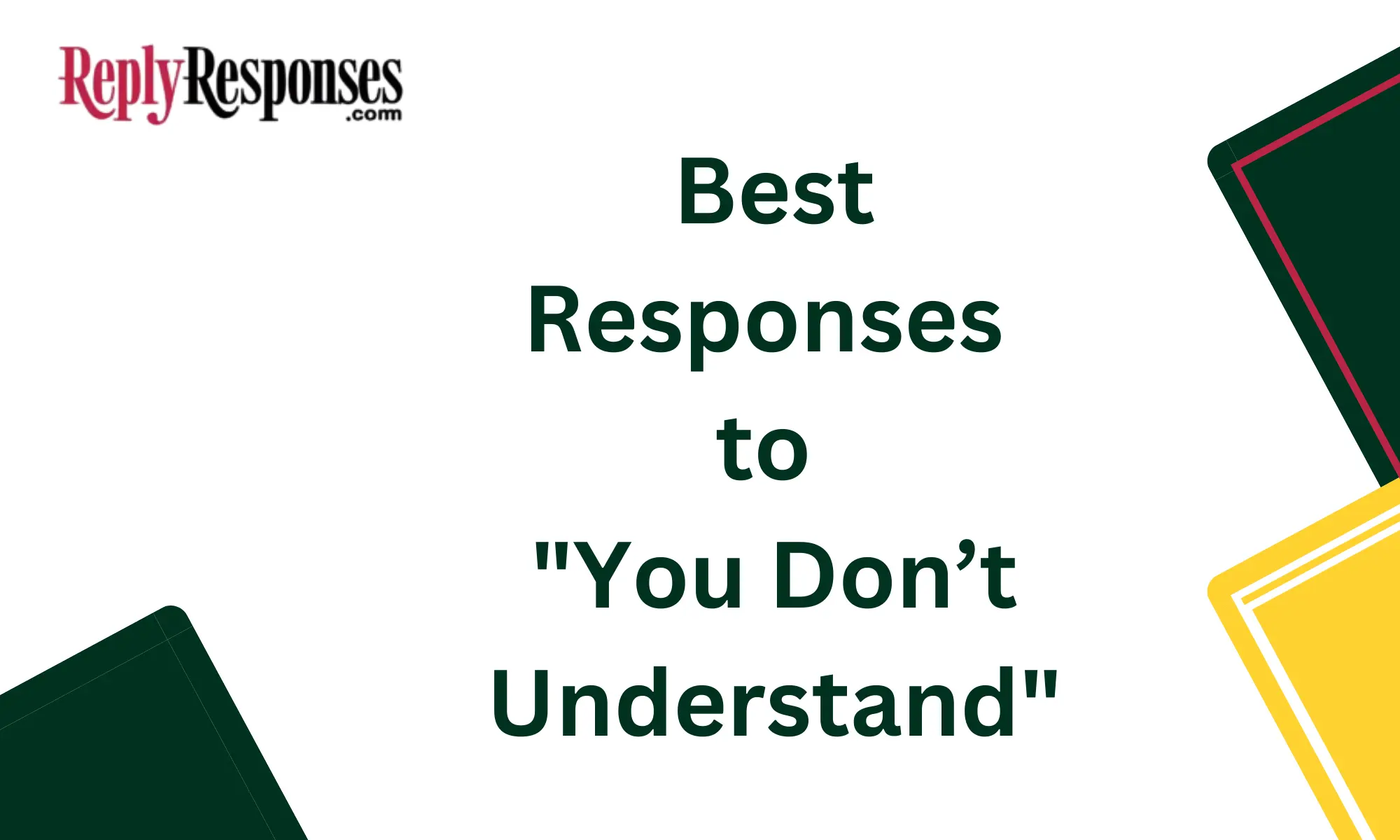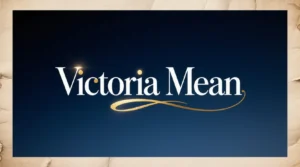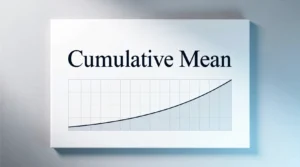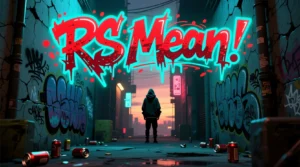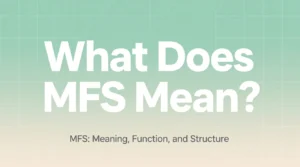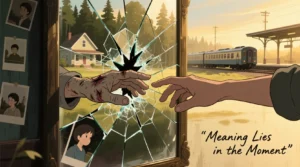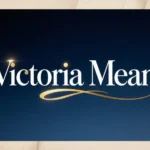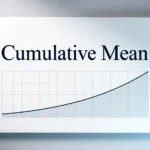When someone tells you “You don’t understand,” it can be a moment to clarify, empathize, or add a bit of humor to lighten the mood.
“Struggling to reply to ‘You don’t understand’? Discover empathetic and witty responses that keep the conversation meaningful and engaging!”
Here are 28 ways to respond depending on the situation, whether you want to acknowledge their feelings, show you care, or playfully steer the conversation.
Responses to “You Don’t Understand”
1. “I’m trying, help me understand better.” 🤔
Scenario: You genuinely want to understand.
Impact: Shows empathy and a willingness to listen.
2. “Maybe not yet, but I want to. Can you explain?” 🗣️
Scenario: Seeking more information.
Impact: Encourages open communication and understanding.
3. “You’re right, but I’d love to hear more about your side.” 👂
Scenario: You acknowledge their perspective.
Impact: Validates their feelings while encouraging them to share.
4. “Maybe not fully, but I’m here to try!” 💬
Scenario: Acknowledging some difficulty but showing commitment.
Impact: Opens the door to further discussion.
5. “You’re probably right, but I’m all ears if you want to explain.” 👀
Scenario: Open to hearing their thoughts.
Impact: Combines honesty with curiosity.
6. “True, I may not understand everything, but I want to.” 🤷♂️
Scenario: You’re admitting to not knowing, but you’re willing to learn.
Impact: Honest and encouraging.
7. “Help me see things from your point of view.” 👓
Scenario: Encouraging them to explain their perspective.
Impact: Empathetic and proactive.
8. “That’s fair. Could you break it down for me?” 🧩
Scenario: Asking for more clarity.
Impact: You’re being direct about your desire to understand.
9. “I might not get it now, but I’m trying!” 💪
Scenario: Acknowledging the effort you’re making.
Impact: Shows commitment and patience.
10. “Maybe I don’t, but I’m open to learning.” 📚
Scenario: Expressing willingness to learn.
Impact: Positive and solution-oriented.
11. “Let me in on what I’m missing.” 🔍
Scenario: Asking for specific clarification.
Impact: Encourages them to share more details.
12. “I’m here to listen, help me understand better.” 🎧
Scenario: You want to be a good listener.
Impact: Makes them feel heard and understood.
13. “You’re right, but maybe you can explain it differently?” 🔄
Scenario: Seeking a new explanation to grasp it better.
Impact: Encourages open communication.
14. “I get that I might not fully understand, but I want to hear more.” 🌟
Scenario: You want to know more.
Impact: Shows you’re open and interested in their perspective.
15. “You’re right. Let’s work through this together.” 🤝
Scenario: Suggesting teamwork to resolve the issue.
Impact: Turns the conversation into a partnership.
16. “You’re probably right. I’d love to see it from your side though.” 🔍
Scenario: You’re agreeing but curious to know more.
Impact: Balances humility with curiosity.
17. “You’re right—I may not get it yet, but I’m trying to.” 🚀
Scenario: Highlighting your effort to understand.
Impact: Keeps things positive and shows your commitment.
18. “That’s fair, let’s figure it out together.” 🧩
Scenario: Encouraging collaboration.
Impact: Builds a sense of teamwork.
19. “I know, but I’m doing my best to get there.” 🔄
Scenario: Honest about your learning process.
Impact: Shows your effort to understand.
20. “You’re right, I don’t—but I’m all ears.” 👂
Scenario: Acknowledging the situation but staying open.
Impact: Combines humility and curiosity.
21. “I can see that. What would help me understand?” 💡
Scenario: Asking for guidance to understand their point of view.
Impact: Proactive and willing to learn.
22. “I might not fully, but I care enough to try.” 💖
Scenario: Showing care and empathy.
Impact: Adds a personal touch and shows compassion.
23. “That’s fair, but I’m here to listen if you want to explain.” 📢
Scenario: Encouraging them to share more.
Impact: Creates a safe space for them to speak.
24. “I might not understand, but that doesn’t mean I’m not trying.” 🧠
Scenario: Acknowledging the difficulty while showing effort.
Impact: Honest and encouraging.
25. “You’re right—I might not. But I’m here to learn.” 🎓
Scenario: Willing to learn.
Impact: Encourages them to open up while showing humility.
26. “That’s true, but I’m working on it!” 🔧
Scenario: Committed to improving your understanding.
Impact: Adds a positive, proactive spin.
27. “Maybe not, but I’m trying my best!” 💯
Scenario: You’re giving it your best shot.
Impact: Honest and persistent.
28. “I may not understand everything, but I’m here to listen and help.” 👐
Scenario: Offering support despite not fully understanding.
Impact: Shows empathy and a willingness to support.
FAQs
How do I respond empathetically to “You don’t understand”?
- Tips for showing you care even if you disagree.
What are thoughtful replies to “You don’t understand”?
- Ways to encourage deeper conversation and connection.
How can I respond without escalating the situation?
- Calm and respectful approaches to handling the remark.
What are some humorous responses to “You don’t understand”?
- Lighthearted replies to diffuse tension.
What should I say if I genuinely don’t understand?
- Honest responses to keep communication open.
How can I validate someone’s feelings after they say this?
- Replies that acknowledge their emotions and perspectives.
What are flirty responses to “You don’t understand”?
- Playful comebacks for romantic contexts.
How can I turn this into a constructive conversation?
- Strategies to encourage problem-solving and collaboration.
What are some sarcastic comebacks to “You don’t understand”?
- These witty replies are for those who enjoy playful banter.
How should I respond if I want to prove I do understand?
- Phrases to demonstrate your insight without sounding defensive.

Welcome to ReplyResponses.com, your go-to hub for quick, witty, and clever replies for every situation! Whether you’re looking to spice up your chats, craft the perfect comeback, or make your messages stand out, we’ve got you covered. From funny one-liners to smart responses, our platform helps you communicate with confidence and flair. Get ready to never run out of words again—because every conversation deserves the perfect reply!
